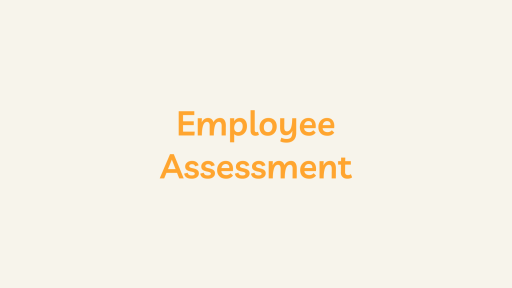What is an Employee Turnover?
Employee turnover is a term that describes the rate at which employees leave a company and are replaced by new hires. It is an important metric for businesses to track, as high turnover can negatively impact productivity, morale, and the bottom line. In this article, we will explore the causes and consequences of employee turnover and strategies that companies can use to reduce it.
Causes of Employee Turnover:
There are many reasons why employees may choose to leave a company, including:
- Lack of growth opportunities: Employees may feel that there are no opportunities for advancement within the company or that their skills and abilities are not being fully utilized.
- Poor management: Bad management practices such as micromanagement, lack of communication, and unfair treatment can lead to employee dissatisfaction.
- Low pay: Employees may feel that they are not being compensated fairly for their work or that their salary is not competitive compared to similar jobs in the market.
- Work-life balance: Employees may feel that they cannot achieve a healthy balance between their work and personal lives, leading to burnout and stress.
- Company culture: If a company’s values and culture do not align with an employee’s personal beliefs and values, they may choose to leave.
Consequences:
High employee turnover can have a number of negative consequences for a company, including:
- Decreased productivity: Frequent turnover can disrupt workflows and reduce productivity, as new employees need time to get up to speed.
- Increased costs: Replacing employees can be expensive, requiring recruiting, onboarding, and training new hires. Additionally, the loss of institutional knowledge can lead to decreased efficiency.
- Decreased morale: Frequent turnover can lead to instability and uncertainty among remaining employees, leading to decreased morale and engagement.
- Damage to reputation: High turnover can damage a company’s reputation as a desirable workplace, making it more difficult to attract and retain top talent in the future.
Strategies to Reduce Employee Turnover:
There are several strategies that companies can use to reduce employee turnover, including:
- Provide growth opportunities: Companies should invest in their employees by providing opportunities for training, development, and advancement within the company.
- Improve management practices: Managers should be trained to communicate effectively, provide regular feedback, and create a positive work environment.
- Offer competitive compensation: Companies should ensure that their salaries and benefits packages are competitive with those of other companies in their industry.
- Prioritize work-life balance: Companies should strive to create a culture that supports work-life balance, such as flexible scheduling or remote work options.
- Build a strong company culture: Companies should strive to create a positive company culture that aligns with the values of their employees.
In conclusion, employee turnover is an important metric for companies to track, as it can significantly impact productivity, morale, and the bottom line. By understanding the causes and consequences of turnover and implementing strategies to reduce it, companies can create a more stable, productive, and positive work environment for their employees.





